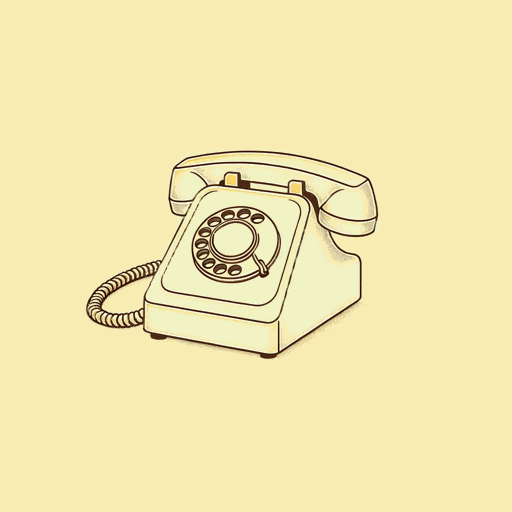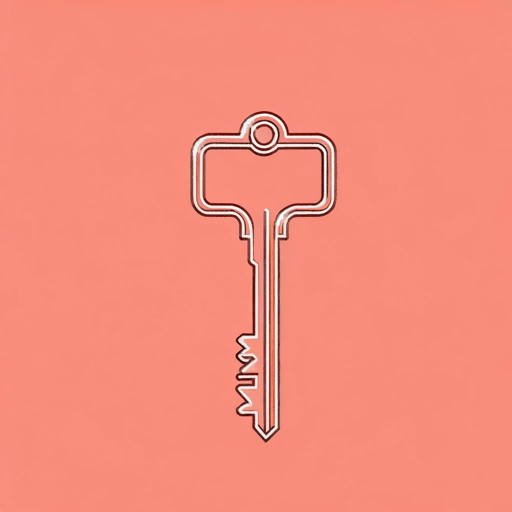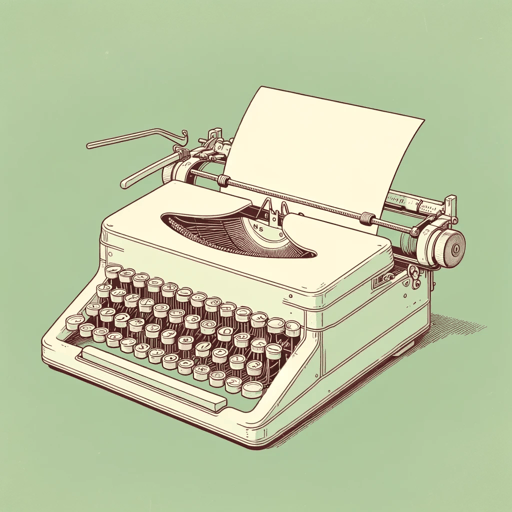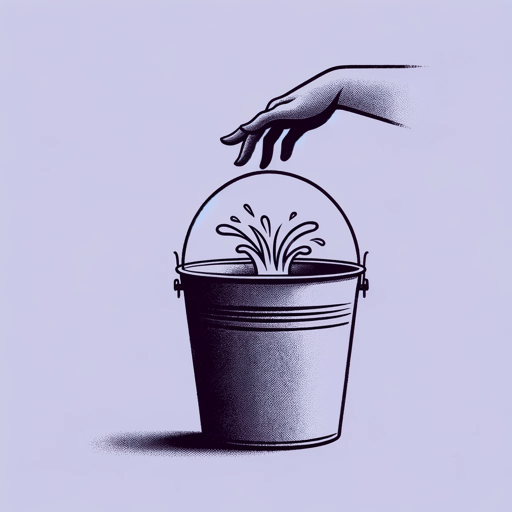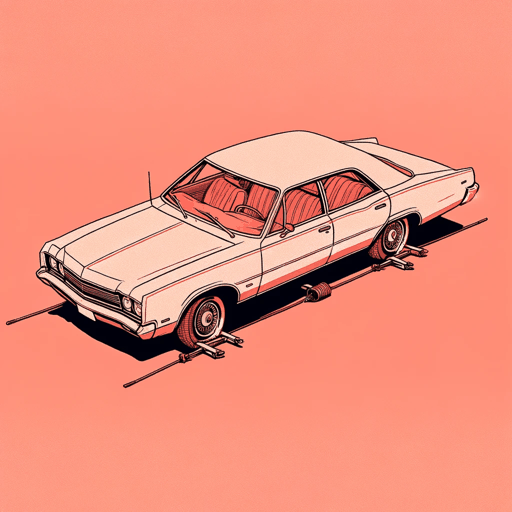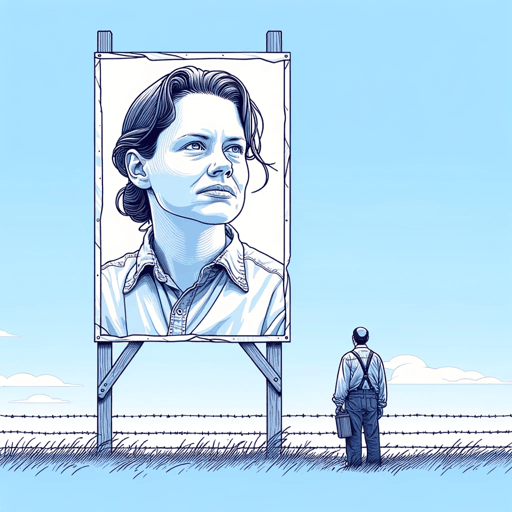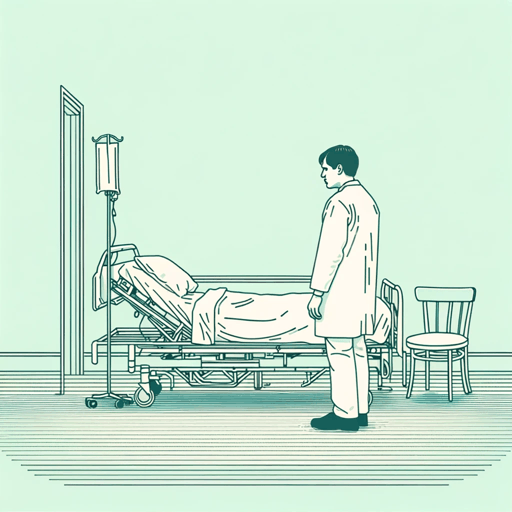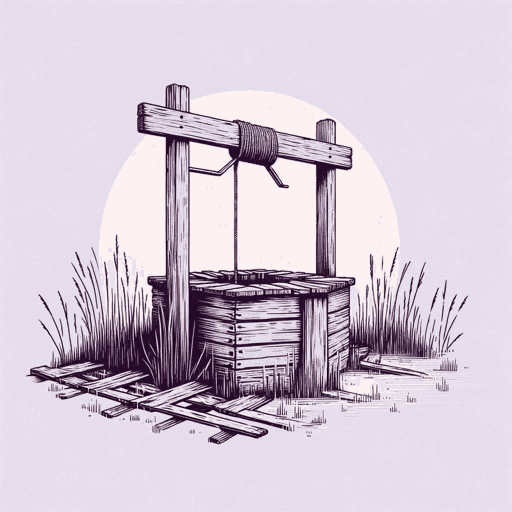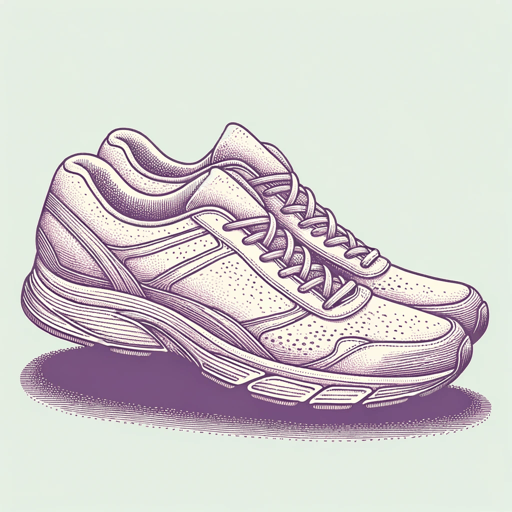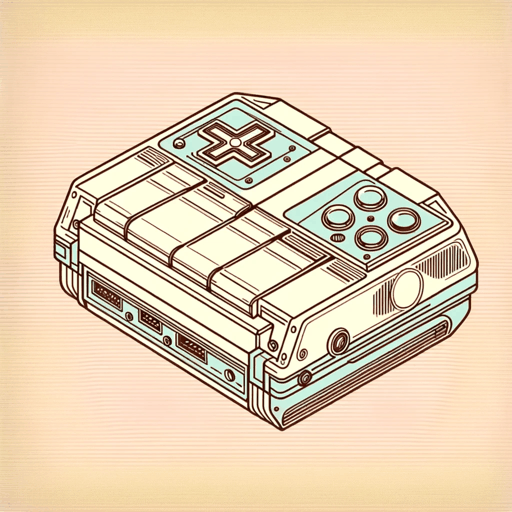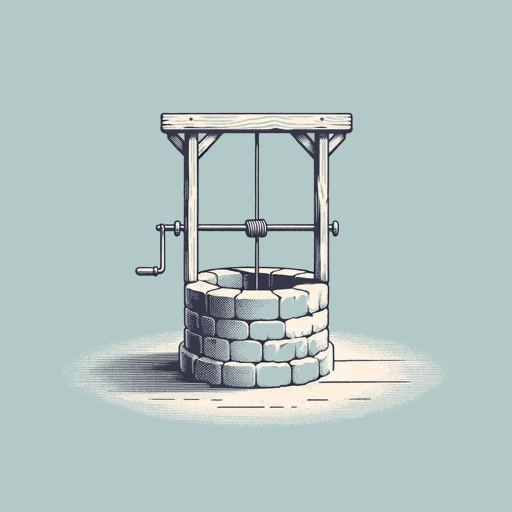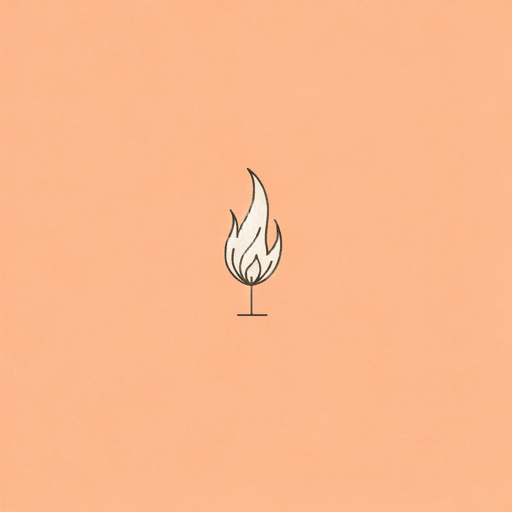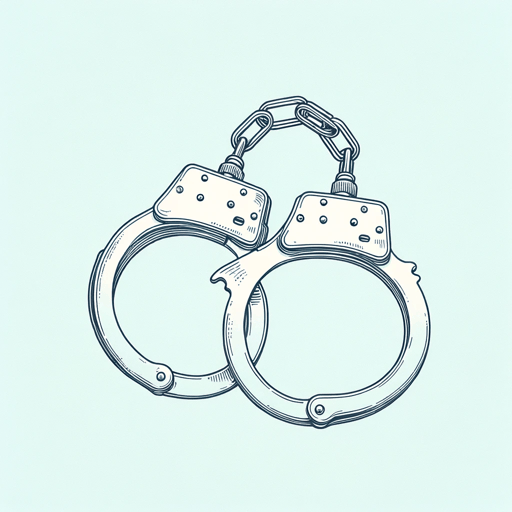31 pages • 1 hour read
Stephen KingQuitters Inc.
Fiction | Short Story | Adult | Published in 1978A modern alternative to SparkNotes and CliffsNotes, SuperSummary offers high-quality Study Guides with detailed chapter summaries and analysis of major themes, characters, and more.
Summary and Study Guide
Summary: “Quitters, Inc.”
Stephen King’s “Quitters, Inc.” is a darkly satirical short story about the power of addiction and the cruelty of the self-help and psychological industries that claim to help people struggling to overcome it. Originally published in King’s first collection of short stories Night Shift (1978), the story follows Richard Morrison, who has a cigarette addiction, as he finds himself suddenly trapped in a sadistic and violent recovery program.
As someone who has experienced addiction himself, King often has a thematic interest in the horrors of addiction, mental health conditions, and the potential abuses and dangers of institutional psychology. In “Quitters, Inc.,” he specifically explores the recovery process, utilizing ironic allusion to address themes of Learned Helplessness, The Horror of Pragmatism, and the tension of Addiction Versus Love while satirizing the behavioral therapy models popular among recovery programs of the day. Printed relatively early in his career, this story along with many of the others in Night Shift helped cement the author’s status as the “King of Horror” and was later adapted into a segment included in the 1985 anthology horror film Cat’s Eye.
This guide refers to “Quitters, Inc.” as it appears in the mass-market paperback edition of Night Shift, published by Anchor Books in 2011.
Content Warning: The source text and this guide include descriptions of animal abuse and torture, as well as nicotine addiction. This guide also discusses drug and alcohol addiction.
“Quitters, Inc.” begins in a bar where the protagonist, Richard Morrison, happens upon a chance meeting with his old college buddy Jimmy McCann. A former “thin, pallid chain smoker buried behind huge horn-rimmed glasses” (324), McCann’s transformation into an “awesomely fit” executive vice president is striking to Morrison, who is addicted to cigarettes. The men’s conversation quickly turns to McCann’s recent recovery. McCann hands Morrison a plain white business card for the organization that cured him, Quitters, Inc., and pays for their drinks before leaving.
This inciting incident starts Morrison on a path that leads to the Quitters, Inc. office some weeks later when he rediscovers the card in his wallet after a midday drinking and smoking bender. After a quick and relatively uneventful meeting with program counselor Vic Donatti, Morrison takes the night to smoke through his last pack and debate whether he should show up the next day for his introductory session. Ultimately, the memory of McCann’s insistence that the program “changed [his] whole life” convinces Morrison to go (334).
What follows is hardly the benign treatment he expected. Instead, in his first session with Donatti, Morrison finds himself caught in an inescapable behavioral modification program that promises a system of increasingly violent and sadistic punishments for smoking. Donatti explains that Quitters, Inc.’s pragmatic approach to recovery recognizes that only extreme measures can cure addiction. He applies electric shocks to a rabbit to show Morrison how even survival impulses like the drive to eat can be subverted through aversion training. Donatti then reveals the horrifying scope of Morrison’s treatment: If he smokes, Quitters, Inc. will inflict “the old rabbit trick” on Morrison’s wife and force him to watch (339). Additional infractions will result in more violence enacted toward his wife and his son, Alvin.
In the weeks that follow, the tension increases as Morrison wrestles with his addiction with genuine commitment, stopping himself from smoking out of paranoia that he will be found out and Donatti will make good on his word. Ironically, despite the imminent threat of violence, his life improves. His love for his son and wife deepens. He feels more physically fit. His appreciation for small things grows. In these weeks, Morrison comes to realize “what Donatti and his colleagues had so cynically realized before him: love is the most pernicious drug of all. Let the romantics debate its existence. Pragmatists accept it and use it” (347).
However, when he inevitably slips up during a stressful commute, Morrison immediately sees his fears realized. He returns to an empty house, and Donatti calls Morrison to the Quitters, Inc. headquarters, where he is greeted by a placid receptionist and an intimidating, gruff employee called Junk. At the story’s climax, he tries to intervene and protect his abducted wife, who is sobbing in fear and confusion. Donatti says Junk will “pistol-whip” Morrison and shock his wife anyway if he tries to stop him, and Morrison watches helplessly as his wife endures 30 seconds of the torture.
Afterward, he is allowed to go to her to explain and fully expects her to be furious. Instead, she is glad he is in the program: “‘It was worth it,’ she said. ‘God bless these people. They’ve let you out of prison’” (351).
Over the next year, Morrison maintains his cigarette sobriety and drastically improves his physical health after Quitters, Inc. amends his programming to include a weight loss regimen; the organization will take his wife’s pinkie if he fails to maintain a low weight. Morrison becomes an unapologetic advocate for Quitters, Inc., passing along their card to a former colleague who is struggling with cigarettes, just as McCann did in the story’s opening. In the final scene, Morrison is 20 months sober. He and his wife run into the McCanns while out on the town, and Morrison meets Mrs. McCann. He shakes her hand and realizes that she is missing her pinkie.








Related Titles
By Stephen King

